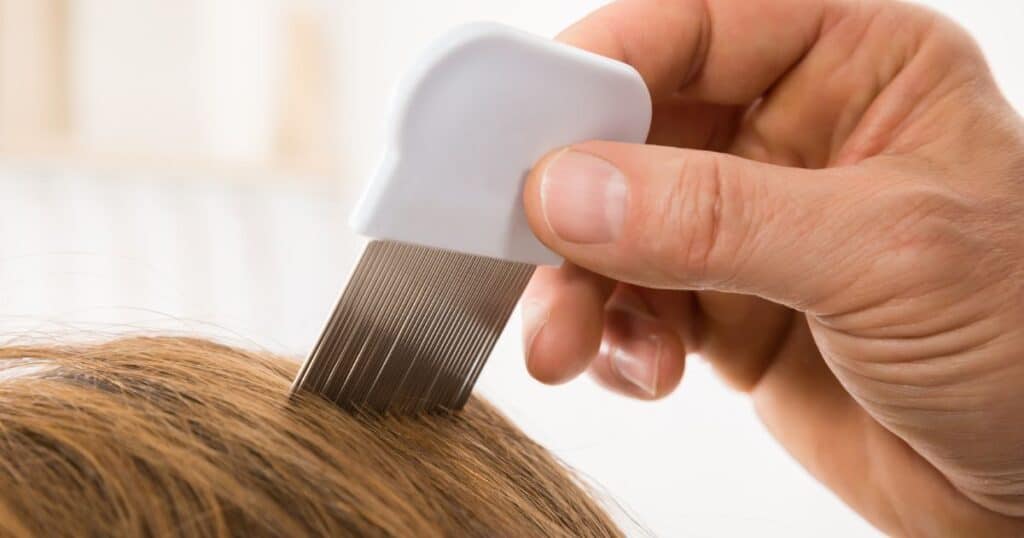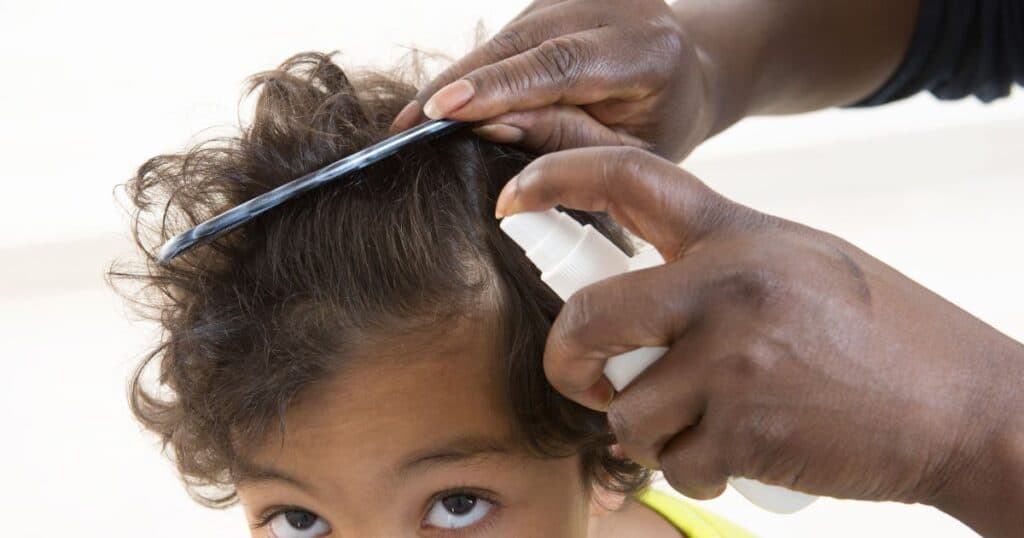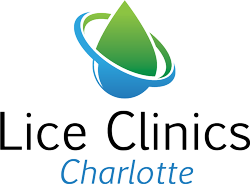Is Lice Chemical Treatment Safe? Understanding the Risks and Benefits
Does the itchy scalp scratching make you wonder, “Could it be lice?” Lice infestations are a common childhood annoyance, and getting rid of them quickly is key. However, with so many lice chemical treatment options available, it can be overwhelming to choose the right one.
Exploring the benefits and risks associated with these treatments can help you make informed decisions. With resistant lice strains on the rise, knowing your options is more important than ever.
In this blog, we will explore whether lice chemical treatment is truly safe and discuss safe alternatives that might be available, providing you with a sense of relief and less anxiety.

What Are Lice Chemical Treatments?
Lice chemical treatment involves using specific insecticides to kill lice and their eggs. These treatments often contain active ingredients like pyrethrins, permethrin, malathion, or lindane, which target the nervous system of the lice, leading to their paralysis and death.
The application process typically involves applying the treatment to dry hair, leaving it on for a specified time, and then rinsing it out. Re-treatment may be necessary to kill any newly hatched lice.
Safety Concerns With Chemical Treatments
While effective, lice chemical treatment can lead to several lice treatment side effects.
- Skin irritation: Some individuals may experience redness, itching, or a burning sensation on the scalp after applying the treatment.
- Allergic reactions: Chemical treatments can contain ingredients that can cause allergic reactions in sensitive individuals. Symptoms may include swelling, hives, and difficulty breathing.
- Resistance issues: Over time, lice can develop resistance to commonly used chemicals, making treatments less effective. This resistance necessitates stronger treatments or alternative methods to ensure complete eradication.
Common Chemical Treatments
Lice chemical treatment options include several FDA-approved products, each with distinct mechanisms and usage guidelines. Here’s a closer look at some of the most common treatments:

Benzyl Alcohol (Ulesfia)
Benzyl alcohol lotion works by asphyxiating lice rather than poisoning them. It kills active lice but not their eggs. This head lice treatment is suitable for children aged six months and older and is safe for pregnant or breastfeeding women. To ensure effectiveness, a second application is necessary to kill any newly hatched lice from nits left behind after the first treatment.
Lindane Prescription Shampoo
Lindane is an older chemical lice shampoo that is still FDA-approved for treating lice. However, due to its potential for severe nervous system damage, the American Academy of Pediatrics no longer recommends it.
Ivermectin (Sklice)
Ivermectin lotion is effective with just one application, killing both live lice and newly hatched nits. It does not require nit combing and can be used on children as young as six months. This makes it a convenient head lice treatment option, especially for those seeking minimal effort.
Malathion (Ovide)
Malathion is a potent lotion that paralyzes and kills lice and some eggs. It’s approved for children aged six years and older. Due to its high alcohol content, it is flammable, necessitating caution around heat sources like hair dryers and curling irons. A second treatment is often required if lice are still present after 7–9 days.
Spinosad (Natroba)
Spinosad offers a highly effective solution, typically requiring only one treatment to kill both nits and live lice. It is safe for use in children aged six months and older, providing a quick and reliable lice chemical treatment option.
Alternative Lice Treatment Options
Lice chemical treatment isn’t the only solution available. Many people turn to natural lice remedies to avoid potential side effects. Here are some popular non-chemical methods:
Natural and Non-Chemical Methods
- Essential Oils: Essential oils like tea tree oil and anise have been suggested as potential lice killers. These oils may work by suffocating the lice. However, their effectiveness varies, and there’s limited scientific evidence to support their use as a reliable head lice treatment.
- Wet-Combing: Wet-combing involves thoroughly wetting the hair and using a fine-toothed comb to remove lice and their eggs. This method requires patience and consistency, as it needs to be performed every few days for at least three weeks to ensure all lice and nits are removed. Wet-combing is a safe lice removal method and is often used in conjunction with other treatments.
Professional Lice Removal Services
For those seeking expert assistance, professional lice removal services offer effective and safe lice removal options without the use of harsh chemicals.
- Airtral Treatment: Airtral treatment uses heated air to dehydrate and kill lice and their eggs. This method is non-toxic and typically requires just one session to be effective. It is a popular choice for parents looking for a chemical-free solution that provides quick results.
- Traditional Comb-Out Traditional comb-out services involve meticulously combing out lice and nits using specialized tools and techniques. This method is thorough and often combined with natural treatments to ensure complete lice removal. Professional comb-out services can be particularly helpful for severe infestations or when other methods have failed.

Preventative Measures
Preventing lice infestations is crucial for maintaining a healthy, itch-free household. Here are five tips for avoiding lice:
- Avoid Head-to-Head Contact: Lice spread through direct contact. Encourage children to avoid head-to-head contact during play, sports, or sleepovers.
- Do Not Share Personal Items: Sharing combs, brushes, hats, and other personal items can easily transfer lice. Teach your children not to share these items to reduce the risk of infestation.
- Regularly Clean and Disinfect Items: Wash and dry bedding, clothing, and personal items in hot water and high heat. This helps kill any lice that may be present on these items, ensuring safe lice removal from your environment.
- Use Preventative Sprays or Shampoos: Some sprays and shampoos contain ingredients that repel lice. These can be used as an extra precaution, especially during outbreaks at school.
- Educate and Communicate: Educate your children about the importance of lice prevention and stay informed about outbreaks in their schools. Prompt action can prevent a small problem from becoming a larger infestation.
Seek Professional Help Today
Choosing the right head lice treatment is essential for effectively eliminating lice and ensuring the safety of your family. While lice chemical treatment can be effective, it’s crucial to weigh the potential side effects and consider alternative options.
At Lice Clinics Charlotte, we offer expert, safe lice removal services tailored to your needs. Our professional team is here to guide you through the best treatment options, ensuring peace of mind and a lice-free environment. Don’t wait—schedule a consultation with us today and take the first step toward a comprehensive and safe solution to lice infestations.
